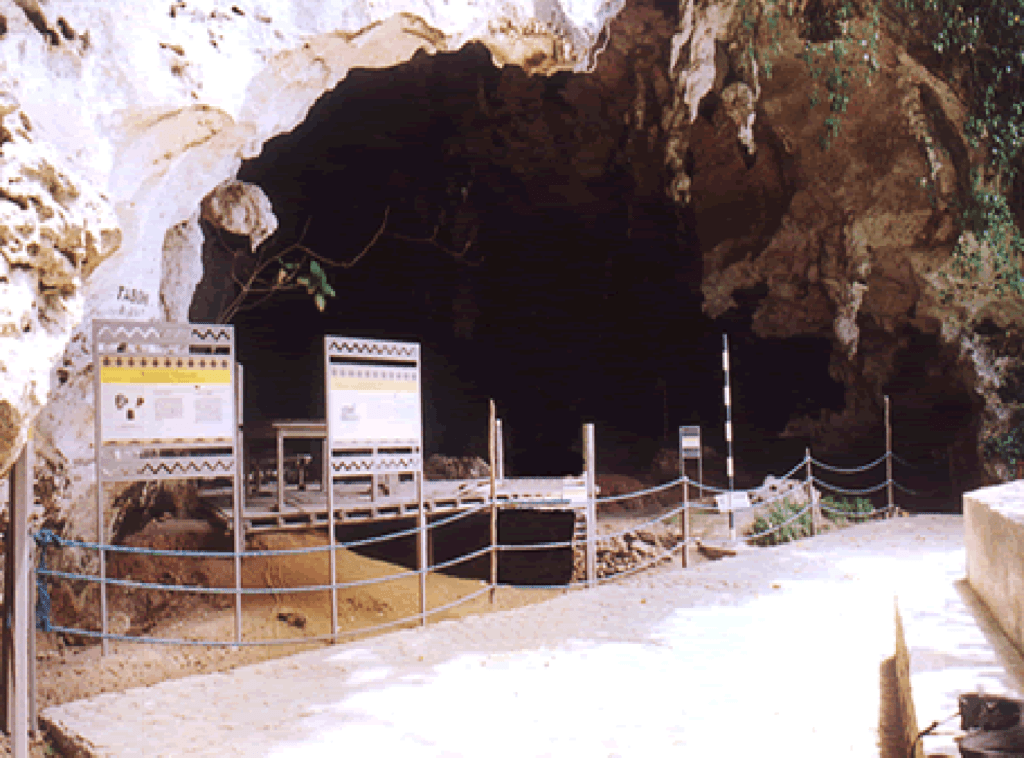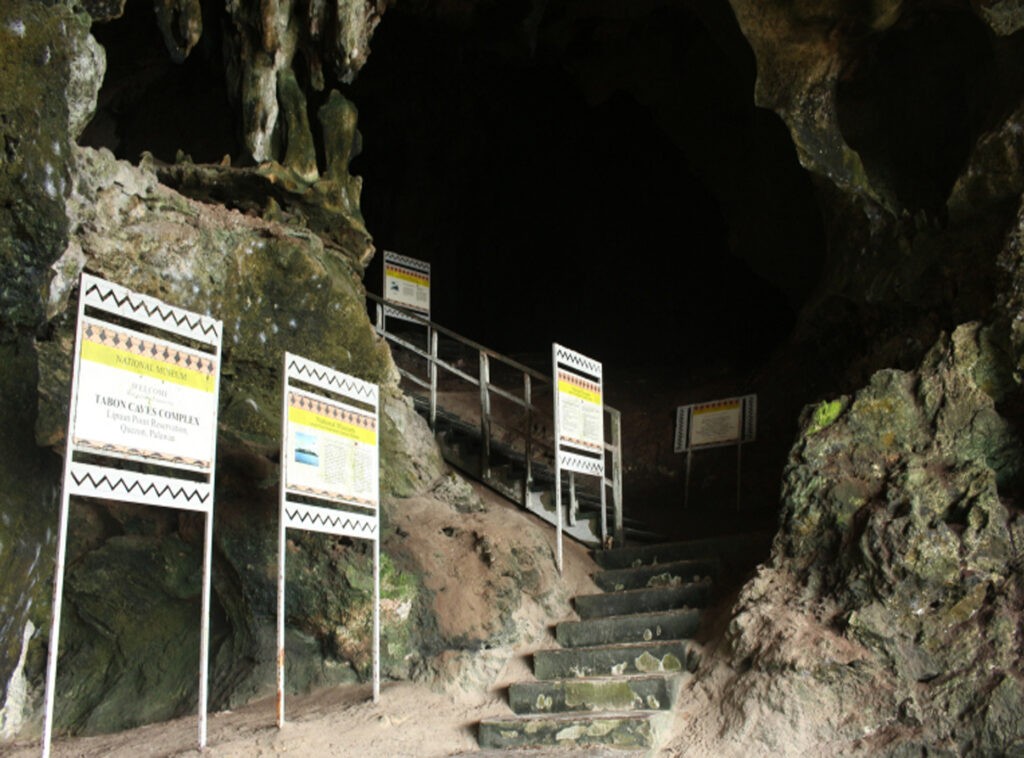The Tabon Caves
Brought to By Caltex Havoline AutoPro - Puerto Princesa
William Tan Enterprises Inc.
Don't forget to show your CLC sticker every time you gas up at any Caltex Station.
Join now for the continuity and journey with Caltex!! ️
The Tabon Caves, dubbed as the Philippines' Cradle of Civilization, are a group of caves located on Lipuun Point, north of Quezon municipality, in the south western part of the province of Palawan on Palawan Island, in the Philippine
The Tabon Cave Complex and all of Lipuun Point is located on the west coast of Palawan.
It is located on a limestone promontory which is visible from any direction for many kilometers and honeycombed with at least 200 caves and rock-shelters.
This point is called Lipuun by the local people but marked “Abion Head” on charts made from British surveys in 1851.
The point is about 104 hectares in are and is formed by a number of rounded limestone domes separated by deep chasms.
The some 200 caves located in the limestone formation are collectively known as the Tabon Caves, after the main cave, called Tabon, so named after a megapode bird that digs its nest into the ground.
This was the site to first establish the presence of humans in the Philippines during the Pleistocene.
The different cave sites document through a corpus of C-14 dates a virtually continuous occupation between at least 50,000 years ago and ca. 9,000 BP, which have been widely cited (Bellwood 1997, Bulbeck 1981, Galipaud and Semah 1993) because the Tabon Cave is one of the very few sites in Southeast Asia to have yielded Pleistocene fossil Homo sapiens.
The data provide new chronological data on the questions of Pleistocene Homo sapiens settlement on the margins of Sundaland.
The Tabon Cave, itself, is the site where possibly the oldest Homo sapiens sapiens fossil evidence in Southeast Asia in the form of a tibia fragment dating to 47,000+/- 11-10,000 years ago (IV-2000-T-97) has been found (Dizon et al, 2002, Annex 8).
There are also a right mandible dating to 31,000 +-8-7,000 years ago (PXIII-T-436) and a frontal bone dating to 16,500 +- 2,000 years ago (previously dated to 22,000-24,000 BP).
The dates are based on isotopic 230 Th/U 234 ratio. Another fossil mandibular fragment raises the issue of a possible colonization of Palawan by Pongidae during the Upper Pleistocene (16,500 +- 2,000 BP).
These caves contained an astonishing wealth and an extensive time-range of cultural materials: a flake tool tradition which dates from the Late Pleistocene and early post-Pleistocene periods including a highly developed jar burial complex which appeared during the Late Neolithic and continued on to the developed Metal Age; and finally, porcelains and stoneware indicating local trade with China during the Song and Yuan Dynasties.
The excavations have revealed more than 50,000 years of Philippine prehistory and; south and East Asian relationships.






